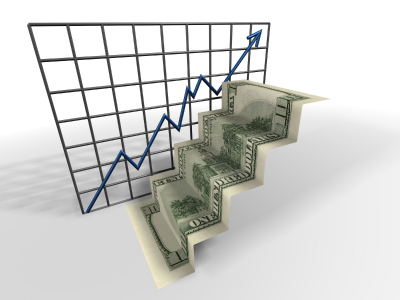Are Hybrid Mortgages Right for You?
By Gretchen Wegrich Updated on 7/19/2017 ARM mortgages are a popular response to the increase in mortgage interest rates. For the potential home owner who wants to buy a home or refinance an existing loan but does not want the higher payment, the hybrid may be the right choice.
ARM mortgages are a popular response to the increase in mortgage interest rates. For the potential home owner who wants to buy a home or refinance an existing loan but does not want the higher payment, the hybrid may be the right choice.
It has a lower fixed rate for three, five, seven or 10 years. The rate then expires, and the loan adjusts depending on market conditions.
A short term solution
With an ARM, the idea is that the borrower will try to be out of the loan before the fixed rate term expires. The idea is that the borrower will sell the house, refinance the loan or receive a raise in income before the rate increases.
The ARM allows borrowers to take advantage of a lower fixed rate during the early fixed term of the loan which makes this type of loan alluring when compared to the higher rate offered by the traditional 30-year fixed-rate loan.
Risks of an ARM
What if the house doesn’t sell in time? Or the borrower is incapable of refinancing? The borrower could face an unaffordable payment rate.
This is the risk that the borrower takes in trade for the lower interest rate in the beginning of the loan. For this reason, ARM borrowers must carefully manage their finances and prepare for the future well ahead of when the loan adjusts to a higher interest rate.
An assumed risk
ARMs shift much of the risk from lenders to borrowers. The lender spreads the risk over thousands of mortgages with varying interest rates and time frames. The individual borrower is forced to assume the risk of his mortgage and a possibly unmanageable payment in the future.
The promise of a lower rate and low initial payment with an ARM lures borrowers into assuming such a risk.
This could prove catastrophic for the borrower if rates move higher and they can’t get out of the loan before the fixed rate term expires. Any number of unforeseeable factors – falling house prices, unemployment, disability or death – could put the home in foreclosure.
Even without such calamities, the associated risk may prove to more than the borrower can handle. A slight increase of three percent – half the typical adjustment cap – could make the loan exorbitant for the home owner three, five or seven years in the future.
Your options
The dull, 30-year fixed loan may pale in comparison to the initial hype of the ARM. However, there is safety in the mundane. This safer loan need never be refinanced and protects the borrower from a high-interest rate and payment down the road.
ARMs are not for everyone, but this type of mortgage loan can be useful to the right borrower. Before considering an ARM, you should ask yourself some tough questions about how long you will remain in the home and be honest with yourself about your plans and earning capabilities in the future.
If you are considering this solely because the payment is affordable, then you need re-think what you can afford.

Didn't find the answer you wanted? Ask one of your own.

Contributing Authors
Related Articles
Ask our community a question.
Searching Today's Rates...

Featured Lenders
Cameron Burke
Vision One Mortgage
Huntington Beach, CA
Lisa Stepp
RBS Citizens
Clifton Park, NY
Kat Whitman
Whitman Met, Inc.
Sacramento, CA





